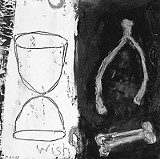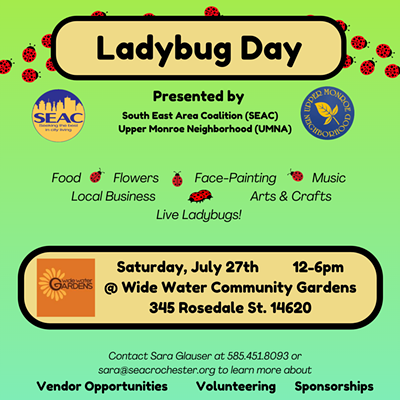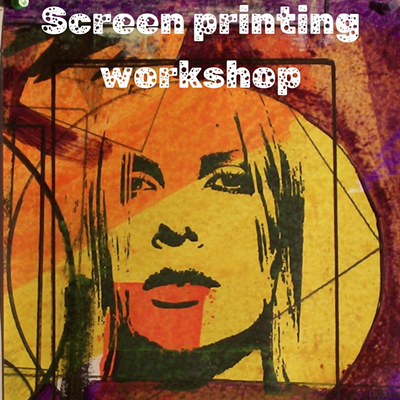[
{
"name": "500x250 Ad",
"insertPoint": "5",
"component": "15667920",
"parentWrapperClass": "",
"requiredCountToDisplay": "1"
}
]
Ever since the invention of photography, the "death" of painting (and by association, drawing) has been proclaimed. Every time new forms of representation are announced, the death of old technologies is reiterated. Painting should have been buried a long time ago. Of course, painting has survived, although not in the service of "objective" representation but as a form of self-expression and a reflection of our obsession to connect one form of individuality with another.
In a eulogy for Edvard Munch, German Expressionist painter Oskar Kokoschka described expressionism as "form-giving to the experience, thus mediator and message from self to fellow human. As in love, two individuals are necessary. Expressionism does not live in an ivory tower, it calls upon a fellow being whom it awakens." The works of Belinda Bryce and Karen Sardisco, currently on view at The Gallery at One Bausch & Lomb, act as such mediators.
Since Expressionism is tied to a specific moment in the early part of 20th-century, we can question its relevance to our own time. We can also be suspicious of the seductive qualities of sensuous materials --- after all, beauty is only skin deep. Today, we are prone to cynicism and tend to dismiss Expressionistic paintings altogether as mere forms of decoration (or just pretty pictures), thereby summoning all those negative connotations our culture promotes about the decorative as non-essential, extra, and supplemental.
The need to decorate is often seen as a domestic trait, not something concerned with loftier ideas relating to a grander human condition. In our culture, the domestic and the decorative are mostly associated with women's work and therefore granted a less than important place. Yet, Owen Jones, a key figure in 19th-century British design who wrote The Grammar of Ornament, claimed that there is hardly any culture that does not have a desire for ornamentation. And it seems that proposing a grammar of anything acknowledges a thought process. Decoration is thought.
Both Bryce and Sardisco have developed their own individually distinct grammar of marks. These marks, although mostly representational, are also beautiful and can be said to be decorative. The surfaces of their respective paintings and drawings clearly show a desire to ornament.
Bryce paints on board and etched film --- the latter producing, when in combination with oil paint, an incredibly shiny and viscerally seductive surface. Meanwhile, Sardisco covers paper with a variety of representational marks --- snake vertebrae, knots, horns, funnels, roots, beans, and even clothespins (very domestic objects) --- that morph into chromosomal pairs (not domestic "objects," but things associated with family). They form a palimpsest whose surface simultaneously buries and resurrects all of these objects.
The glistening surfaces of Bryce's paintings reveal a collision of paint, depicting fleeting glimpses of animals, dancers, and other figures. In Balance Act,an intense apple green slams against a fleshy pink and a deep blood red. What emerges from the impact is a clown or acrobat figure constructed of loose geometric forms and a multiplicity of gestures. In Wish Bone, the physicality of the paint is as thick and rich as frosting, becoming the background on which incised forms appear.
In Strange Fruit, Sardisco's technique of covering and shrouding creates the appearance of a veil that envelops what looks like a cross between a spinal cord and a tentacle-sprouting plant --- or are they ropes and braids? The multiple layers surprise the viewer as objects are revealed and exposed in a spiraling striptease.
Looking at the surfaces of these two artists' work, one can sense their pleasure in the painterly. This pleasure of materials is returned to us in a form that becomes our own visual pleasure, one that revels in the decorative, complex, and erotic --- a visual pleasure that awakens the self in us all.
Works by Belinda Bryce and Karen Sardisco are on display at The Gallery at One Bausch & Lomb Place, through November 19. Hours: Monday through Friday, 9 a.m. to 5 p.m. 338-5903
Speaking of...
-

Art Review: "The Opposite of Concrete"
Sep 17, 2014 - More »
Latest in Art
More by Alex Miokovic
-
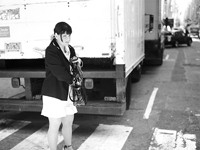
Larry Merrill at M. Early Gallery
Dec 6, 2006 -
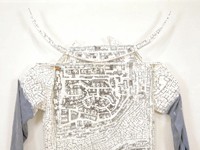
"Kim Jones: A Retrospective"
Nov 29, 2006 -
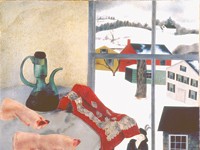
"My America" at the MAG
Nov 8, 2006 - More »
More by Heidi Nickisher
-

Larry Merrill at M. Early Gallery
Dec 6, 2006 -

"Kim Jones: A Retrospective"
Nov 29, 2006 -

"My America" at the MAG
Nov 8, 2006 - More »
